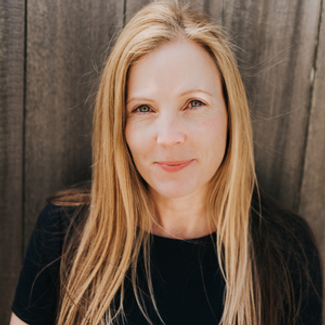LinkedIn is the top professional social networking site with over 700 million users worldwide. It is one of the largest community platforms in the world and is the place to be when you are looking for a new job.
Whether you have already set up your free profile or want to get started, as experienced users of LinkedIn we have taken our best practices on how to set up your profile.
LinkedIn rewards higher views on your profile when you provide them with more data. If you are keen to be seen, make sure you include all of the following to achieve an ‘All-Star Profile’ rating.
Who are you?
A great place to start is getting your basic information on your profile - add your name. You can help others pronounce your name correctly by adding the audio recording feature to your profile so you’ll have the ability to create a recording of your name pronunciation, which will then be clickable on your profile.
What do you look like?
Add a profile picture. This should be an up to date professional photo, so try to avoid using a headshot from 10 years ago. Remember, this isn’t Facebook and you won’t impress anyone by having a photo of yourself from a ‘night out’. Whether you decide to get some professional headshots taken or use your phone, just remember this photo plays an important role in making a great first impression.
No selfies, please.
What do you do?
Tell people exactly what is it that you do. This is your headline and is shown at the top of your profile. It appears alongside your username in the search results and is the first thing people see when they find you. This is like your virtual business card so you want to make a positive impression and explain exactly what you do here. If you are currently looking for a new job or are unemployed, you might consider putting that you are ‘Looking for opportunities as a <insert job title>’. Be as specific as you can as you have 120 characters (10 – 20 words) to fit your headline in.
How do I get in touch?
Make sure the email address and contact telephone number you include are up to date. You don’t want to miss out on a potential opportunity due to not checking that you have updated your contact information.
Where are you?
LinkedIn only allows you to select one location. If you are currently based in the UK but are looking for opportunities in France, it would be better to choose France as your location to enable others to find you. It is one of the filters that recruiters and hiring managers will use to find prospective employees.
What industry do you work in?
This is really simple, pick: Architecture & Planning or Design.
What makes you unique?
This is your opportunity to tell your story and engage with people. What do you want people to know about you? Start with an opening line that clearly states what you do, your expertise, professional achievements and key interests. It allows the reader to understand more about your career history and how you have got to where you are today.
Don’t speak in the third person, bore or confuse people and don’t obsess over keyword stuffing. You have 2,600 characters (300 – 400 words) to utilise in this section.
What have you done in the past?
In the career history section, you do not need to include every job you have ever had. Only include the most relevant roles that showcase how you have progressed in your career and highlight your experience.
It is also best practice to update your current job summary and use this as an opportunity to demonstrate the responsibilities and experiences you could transfer from this role into your next.
Ensure your work experience matches your CV – potential employers might query why you have not mentioned a particular work experience on your LinkedIn profile if you have included it in your CV.
What qualifications have you achieved?
Go into more detail about your highest level and the most relevant qualifications to the type of jobs you are applying for and add to the education section.
Industry-specific qualifications and certifications can be added in the licences and certification section too.
What unique skills do you have?
This is your opportunity to note down the skills you have learnt in your career. Once you have added these, your connections can start endorsing you for them too, reinforcing that you do have these skills.
Join the conversation with FRAME Recruitment
Follow FRAME Recruitment on LinkedIn, Facebook and Twitter for the very latest news, updates, exclusive insights and regular hot jobs in the architecture and interior design sectors.







